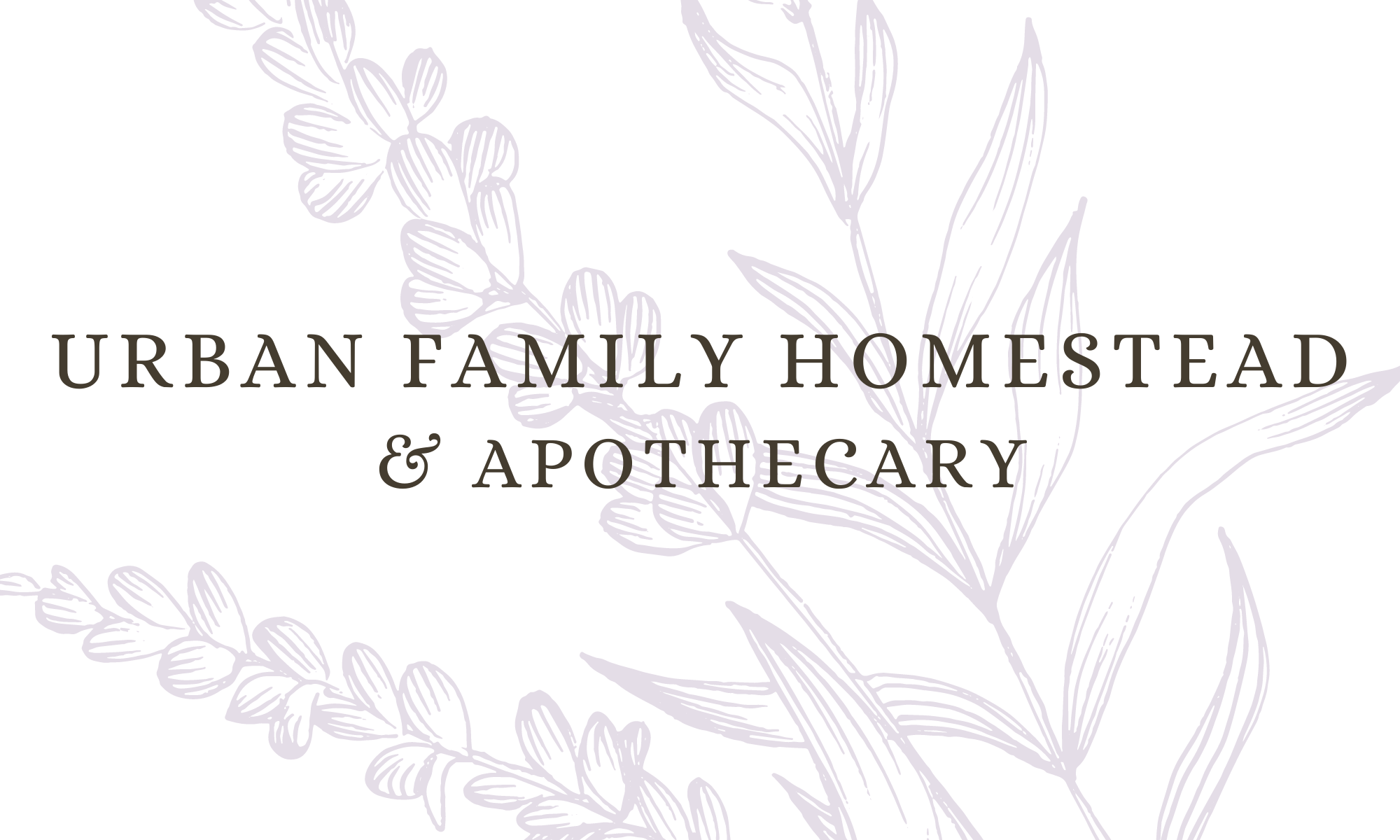This will be the first in my weekly herb series where I share an herb a week. You get to know all about the herb such as how to plant, where it’s found, what it looks like, and how to use it medicinally. My hope is that everyone reading this will become more comfortable with herbs and gain insight into these diverse and useful plants.
Echinacea Purpurea, also known as coneflower, is a herbaceous perennial that is best grown in zones 3-8. While the exact shade can vary, the brilliant purply-pink one you see here, is my favorite and one you can see in my summer garden. Echinacea is grown for many reasons. Other than being a beautiful pollinator flower, the whole plant also has medicinal properties.
Echinacea Medicinal Uses
Echinacea can be used in many ways and all parts of the plant (root, leaves, flowers, seeds) can be utilized. Some uses people choose to use this herb include burns, eczema, support for certain kind of cancers, urinary tract infections, and skin wounds, to name a handful. The reason why is because echinacea is both an anti-inflammatory and immune support herb. Although many people like to take echinacea all throughout cold and flu season, it is actually best taken at the first onset of symptoms. In fact it’s recommended that you don’t take echinacea longer than 8 weeks without giving your body a break. Echinacea, being the effective herb that it is, can cause a few drug/health interactions so always consult your naturopath before taking it to make sure you are taking it safely (which you will see me repeat to you with every herb we dive into!).
How to Take Echinacea
I personally love to take echinacea in a tea or extract format with tea being my absolute favorite. I enjoy paring it with other herbs that compliment its effectiveness such as peppermint or tulsi. It’s also an esthetically pleasing herb with it’s rich green leaves and vibrant purple petals. You can also choose to take this herb by way of tincture (alcohol or vinegar base) or extract (glycerin). The glycerin is the one I keep at my home the most as it is kid friendly and gives a bit of sweet taste.

Growing Echinacea
Echinacea is available to grow in Zones 3-8. It’s a hardy herbaceous perennial which means that it will die back in the winter and come back in the spring and summer. Once you have your echinacea plant established, you will be able to reap her rewards each year. This herb will thrive in full sun to partial shade and will tolerate a dry to moderate amount of water. I live in the Pacific NW and we get a lot of rain in the spring and sometimes in the summer and mine have been just fine. It has also survived scorching record breaking temperatures and some really chilly nights. You can grow echinacea from start or seed. I grew mine from seeds in a greenhouse and then in a pot. The following year I plopped her right into the ground on the west facing side of my house and she thrived. If you want to attract butterflies to your garden, this one is winner!

Recipe
I will drop a favorite throat spray recipe by Rosemary Gladstar below:
Echinacea Spray for Sore Throats by Rosemary Gladstar
This spray is cooling, refreshing, and healing for sore and/or infected throats.
1/4 cup echinacea tincture
1/8 cup vegetable glycerin or honey
1/8 cup water
1-2 drops peppermint essential oil
To Make:
Mix together the echinacea tincture, glycerin, and water. Add the peppermint essential oil drop by drop until the spray has the right flavor for your taste. Pour into a spritzer bottle.
To Use:
Spray directly into the back of the mouth, toward the throat, once every half hour or as often as needed.
Make sure you check out my other posts such as Stocking a Home Apothecary for Beginners!


